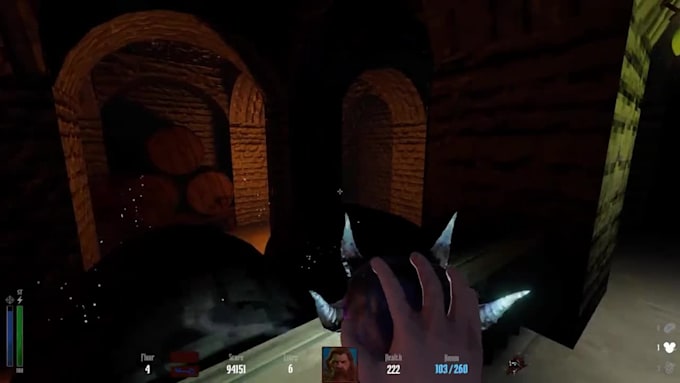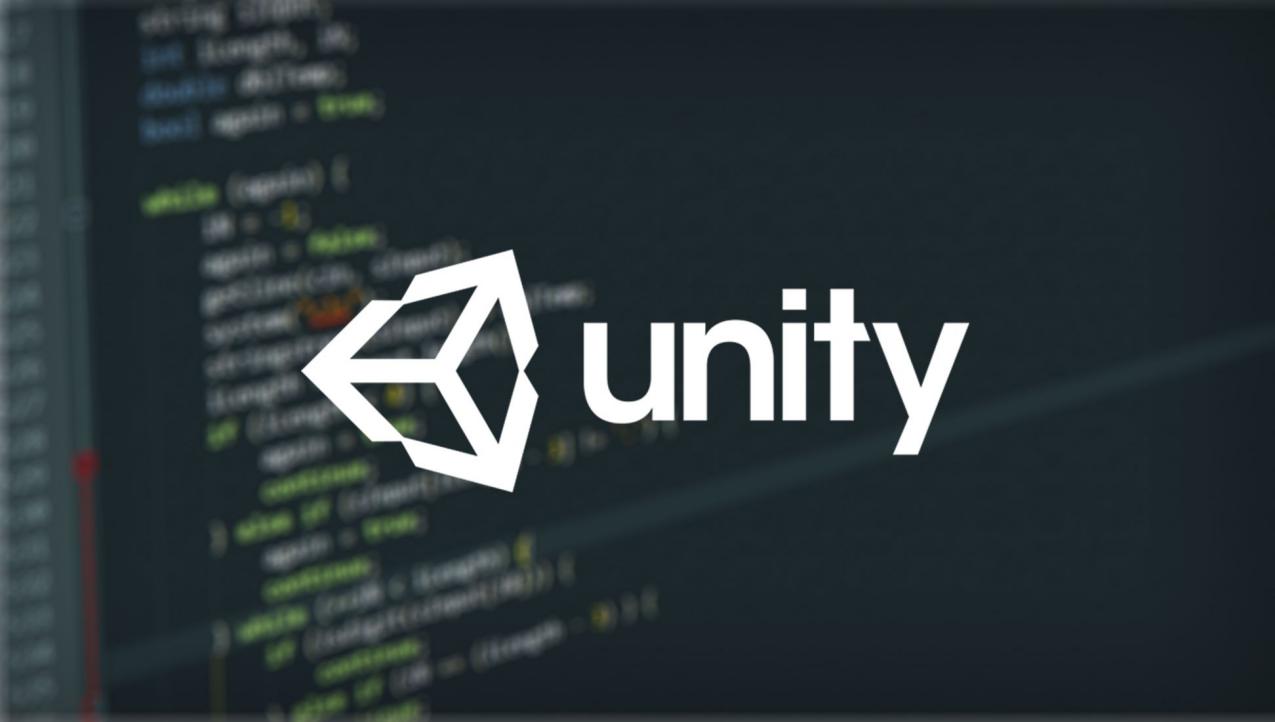

Note: you need to hit enter after renaming, or else the change may not take effect. Rename it "Floor," and drag it under Stage in the Hierarchy. Select all four “Walls” and drag them under the “Stage” Game Object.Īdd a plane Game Object by selecting Create in the Hierarchy panel and use it for the floor. Click and drag while holding the ALT key to rotate the view.Ĭreate an empty Game Object, using the Game Object dropdown (Create Empty) at the top of the screen. Note: To look around the scene view, click the middle mouse button to pan and scroll to zoom in and out. Drag them into position and/or use the transform options for each cube to make an arrangement that looks like an arena. It will look like you only have one wall because they are identical and therefore occupying the same point in space. Right click “Wall” in the Hierarchy panel, and duplicate it three times, so you have four walls. Scale the cube in the X direction to make it long and wall-like. Rename it “Wall” by double clicking its name in Hierarchy or using the Inspector panel. It is good practice to do this whenever you create a new Game Object. Reset the cube’s transform by right-clicking “Transform” in the Inspector panel. To do this, go to Game Object – Create Other – Cube, or use the Create menu in the Hierarchy window. The simplest way to create a stage in Unity is to add cubes.

Just select an object in the Hierarchy window or double-click on an object in the Scene window to show its attributes in the Inspector panel. Inspector – this is where you customize aspects of each element that is in the scene. by clicking Create under the Project window. Project – shows the files being used for the game. This can also be done by using the GameObject dropdown menu at the top of the screen. You can create new elements by clicking Create and selecting the type of object you want. Hierarchy – lists all elements you have added to the scene. You can test out your game in this window by clicking the Play button in the top, center of the screen. Game – shows the view that the main camera sees when the game is playing. There is a block in the upper right corner showing the spatial orientation of the scene. It shows what elements you have in your game and where they are relative to each other.

Scene – this is where the game making happens. See the five pictures at the top of the step for images of each window. They are the Scene, Game, Hierarchy, Project, and Inspector windows.
#UNITY GAME ENGINE CODE WINDOWS#
There are five main windows that you are using most of the time with Unity. I like the Tall layout, though I find it helpful to put the Game view below the Scene view. Alternatively, you can use the default layouts provided with Unity by clicking the drop bar under Layout in the top left of the screen. Every window can be clicked and dragged into position.
#UNITY GAME ENGINE CODE CODE#
The Unity Test Framework package (formerly the “Unity Test Runner”) is a tool that allows you to test your code in both Edit mode and Play mode, and also on target platforms such as Standalone, Android, or iOS.įor more information on other versions of the Test Framework package, see the -framework page.The first thing you may want to do is customize the layout.
#UNITY GAME ENGINE CODE MANUAL#
It saves time by identifying where and when problems occur as soon as they are introduced during development, rather than relying on manual testing, or even worse - bug reports from your end users. More info See in Glossary, classes and methods in your project increases, it can become difficult to ensure that a change in one part of your code doesn’t break things somewhere else.Īutomated testing helps you check that all parts of your code are functioning as expected. As your project grows, and the number of scripts A piece of code that allows you to create your own Components, trigger game events, modify Component properties over time and respond to user input in any way you like.


 0 kommentar(er)
0 kommentar(er)
